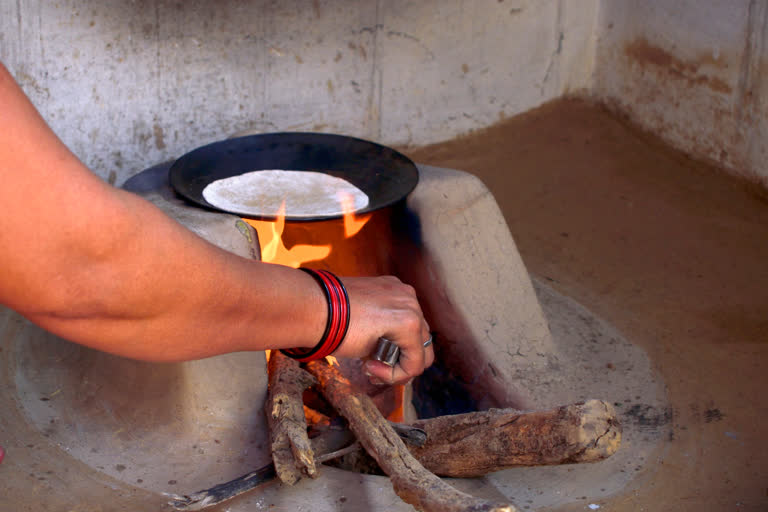Cooking with wood may cause lung damage
India and many other developing countries food is still cooked on wood (chulha). As per the study cooking with wood is dangerous for health.

Cooking with wood may cause lung damage
Lungs are a very important organ of the human body. The main function of the lungs is to purify the oxygen and send it to the heart for further process. But cooking with wood may cause the lungs to damage early. People who cook with wood instead of other fuels may be at risk of lung damage because of the pollutants and bacterial toxins they're breathing, a small study suggests.
- Advanced imaging with CT shows that people who cook with biomass fuels like wood are at risk of suffering considerable damage to their lungs from breathing in dangerous concentrations of pollutants and bacterial toxins, according to a study being presented at the annual meeting of the Radiological Society of North America (RSNA).
- Approximately 3 billion people around the world cook with biomass, such as wood or dried brush. Pollutants from cooking with biomass are a major contributor to the estimated 4 million deaths a year from household air pollution-related illness.
- While public health initiatives have tried to provide support to transition from biomass fuels to cleaner-burning liquefied petroleum gas as a fuel source, a significant number of homes continue to use biomass fuels. Financial constraints and a reluctance to change established habits are factors, combined with a lack of information on the impact of biomass smoke on lung health.
- "It is important to detect, understand and reverse the early alterations that develop in response to chronic exposures to biomass fuel emissions," said study co-author Abhilash Kizhakke Puliyakote, Ph.D., a postdoctoral researcher from the University of California San Diego School of Medicine.
- A multidisciplinary team led by Eric A. Hoffman, Ph.D., at the University of Iowa, in collaboration with researchers from Periyar Maniammai Institute of Science and Technology, investigated the impact of cookstove pollutants in 23 people cooking with liquefied petroleum gas or wood biomass in Thanjavur, India.
- The researchers measured the concentrations of pollutants in the homes and then studied the lung function of the individuals, using traditional tests such as spirometry. They also used advanced CT scanning to make quantitative measurements--for instance, they acquired one scan when the person inhaled and another after they exhaled and measured the difference between the images to see how the lungs were functioning.
- The analysis showed that the ones who cooked with wood biomass were exposed to greater concentrations of pollutants and bacterial endotoxins compared to liquefied petroleum gas users. They also had a significantly higher level of air trapping in their lungs, a condition associated with lung diseases.
- "Air trapping happens when a part of the lung is unable to efficiently exchange air with the environment, so the next time you breathe in, you're not getting enough oxygen into that region and eliminating carbon dioxide," Dr. Kizhakke Puliyakote said. "That part of the lung has impaired gas exchange."
- The researchers found a smaller subset of the biomass users who had very high levels of air trapping and abnormal tissue mechanics, even when compared to other biomass users. In about one-third of the group, more than 50% of the air they inhaled ended up trapped in their lungs.